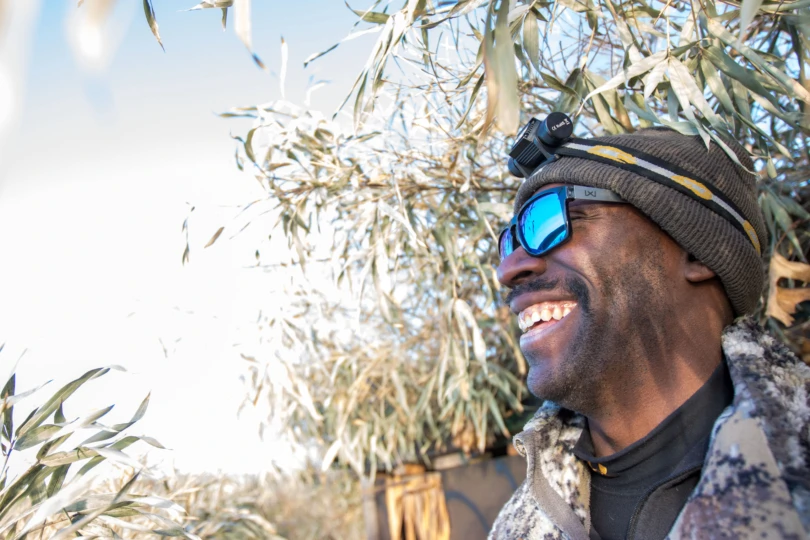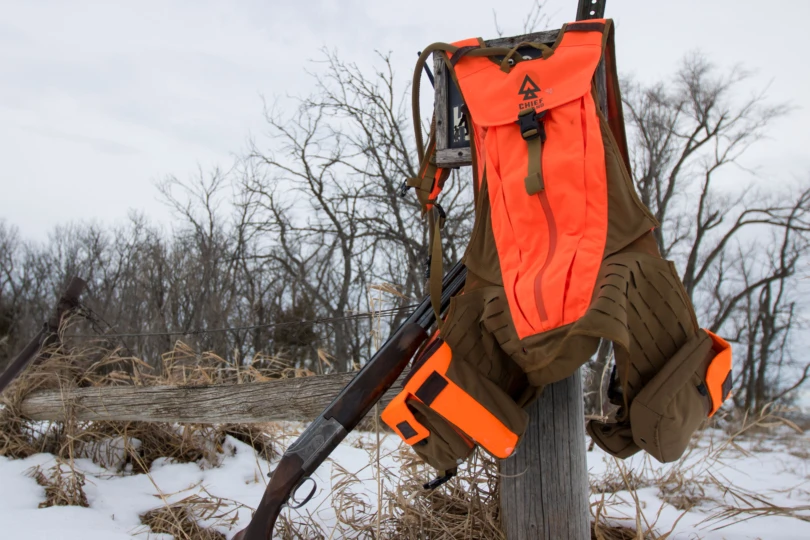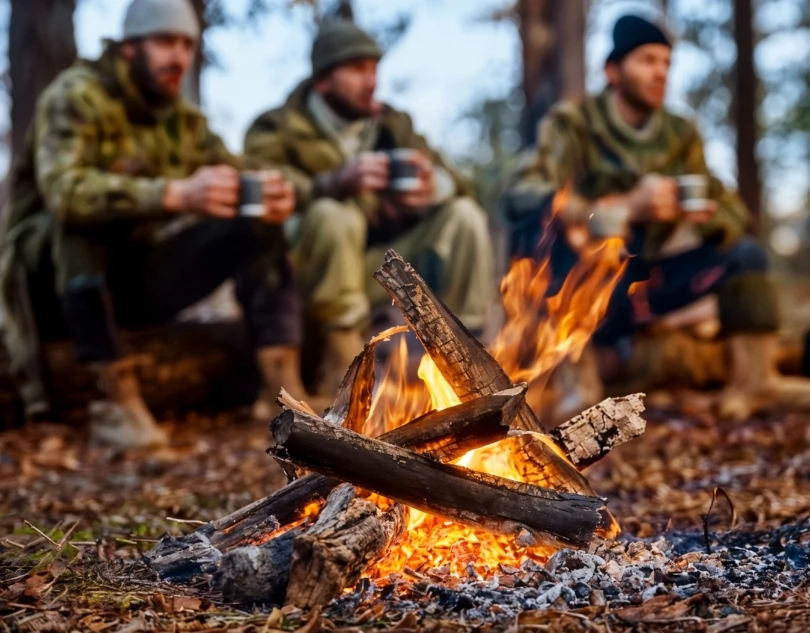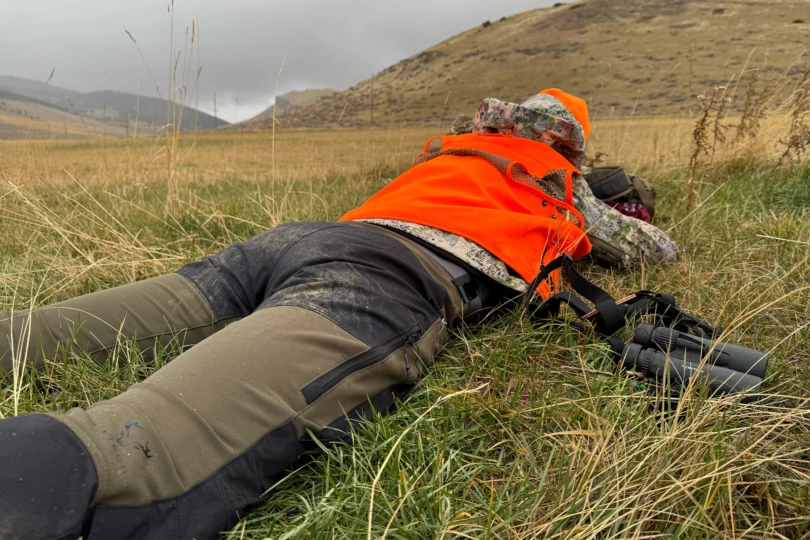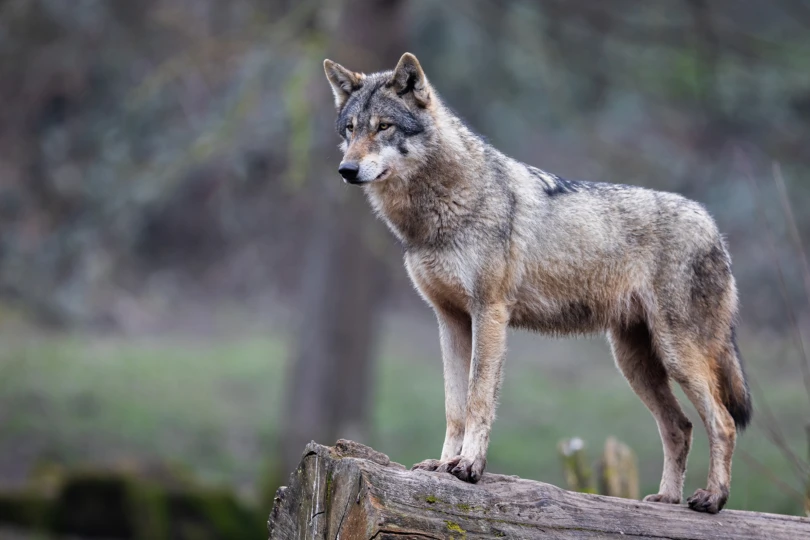A nonprofit in the Midwestern state partners with meat processors to donate hunters’ excess venison to the needy. Its 10th anniversary coincided with another landmark number.
When Indiana resident Debra Treesh’s children moved away from home over a decade ago, she and her husband faced an odd predicament. They had always harvested venison to feed their family. Now that their family was smaller, they found themselves with a surplus.
Searching for ways to make sure the meat got eaten, Treesh contacted a local food bank.
Fast forward 10 years, and her act of goodwill has developed into a thriving nonprofit. Hoosiers Feeding the Hungry (HFH), headquartered in the small town of Garrett, Ind., has now provided over 2 million meals of venison to hungry Indianans.
It works with over 80 meat processors and 500 hunger relief organizations across the state to help get hunters’ excess venison to those who need it.
“When I look at the numbers, it’s hard to believe that I said 2 million meals of venison,” Treesh told Outdoor News. “That’s a lot.”
COVID Introduces Both Challenges and Opportunities
She added, though, that HFH’s work is far from complete. According to Feeding America, the United States’ largest hunger-relief group, almost 850,000 people in Indiana live with hunger. Of those, over a quarter (212,500) are children. The statistic from 2019 equates to 1 in 8 people in the state.
Treesh and others think the COVID pandemic has driven that percentage even higher. Feeding America’s statistics bear that out, showing more food insecurity in every Indiana county during 2020 and 2021.
“There are a lot of people unemployed, and COVID has hurt a lot of folks,” said Gene Kuntz, who runs HFH’s sister organization Hunters for the Hungry. “They are focused on keeping the lights on.” Because of this, nutrition can go by the wayside.
Supply chain and employment shortages have also inflated the price of store-bought meat. In Treesh’s area, she reported seeing a supermarket’s cheapest ground beef priced at $6.99 a pound.
But another familiar COVID outcome stands to help Treesh’s initiative. While the pandemic has taken a toll on Indianans’ food security, it has also allowed more people than ever to get outside.
The Indiana Department of Natural Resources (DNR) recently reported record visitors at state properties and increasing hunting and fishing license applications.
“There are a lot of new hunters and fishermen,” said Capt. Jet Quillen, who runs a DNR grant program that helps hunters cover processing costs. “And we need to educate those new folks and let them know this program is available.”

Deer Overpopulation Is a Meaty Opportunity
There’s also an upside for game management. Indiana has 10 different deer reduction zones where a single hunter can kill up to 10 deer, including one buck.
The reduction zones cater to urban areas where high deer populations meet high human density. Hunters finding success in these zones minimize human-deer conflict, damage on ecosystems, and car and property damage.
The more tags filled in deer reduction zones, the better it is for local wildlife, humans, and even the deer population itself. If hunters can fill a few extra tags to combat food insecurity, the entire community wins.
How to Donate Surplus Venison
If you have extra venison you’d like to donate to Hoosiers Feeding the Hungry, simply go to the nonprofit’s website and check the list of approved processors. Each processor is food-safe-certified through the state Board of Animal Health and the DNR.
Hunters can donate almost any amount of venison, from an entire animal down to just 5 pounds. As soon as the meat passes inspection, the processor turns it into ground venison and contacts local food banks for pickup.
Except for transportation costs, the hunter pays nothing. Treesh or Kuntz’s group covers processing fees. Some of their funding comes from Quillen’s grant program, called the Sportsmen’s Benevolence Fund.
Kuntz pointed out that many deer hunters would like to continue hunting once some tags are filled, but they can only consume so much. Therefore, he sees his and Treesh’s programs as a way to reconcile supply with demand.
Teamwork, Public Service at Work
Quillen’s initiative displays teamwork across private and public entities, oriented toward a common goal.
“We’re the law enforcement division of DNR and want to serve our public and the citizens of Indiana, and this is just another way to give back,” he said.
“It truly is a partnership between all of us, which is with one goal: to donate back to those who need it.”


